Submitted by Berrin Chatzi Chousein
"I wanted to bridge the gap between PR and BD and the purity of the work" says Jan Knikker of MVRDV
Netherlands Architecture News - May 22, 2021 - 11:08 4234 views
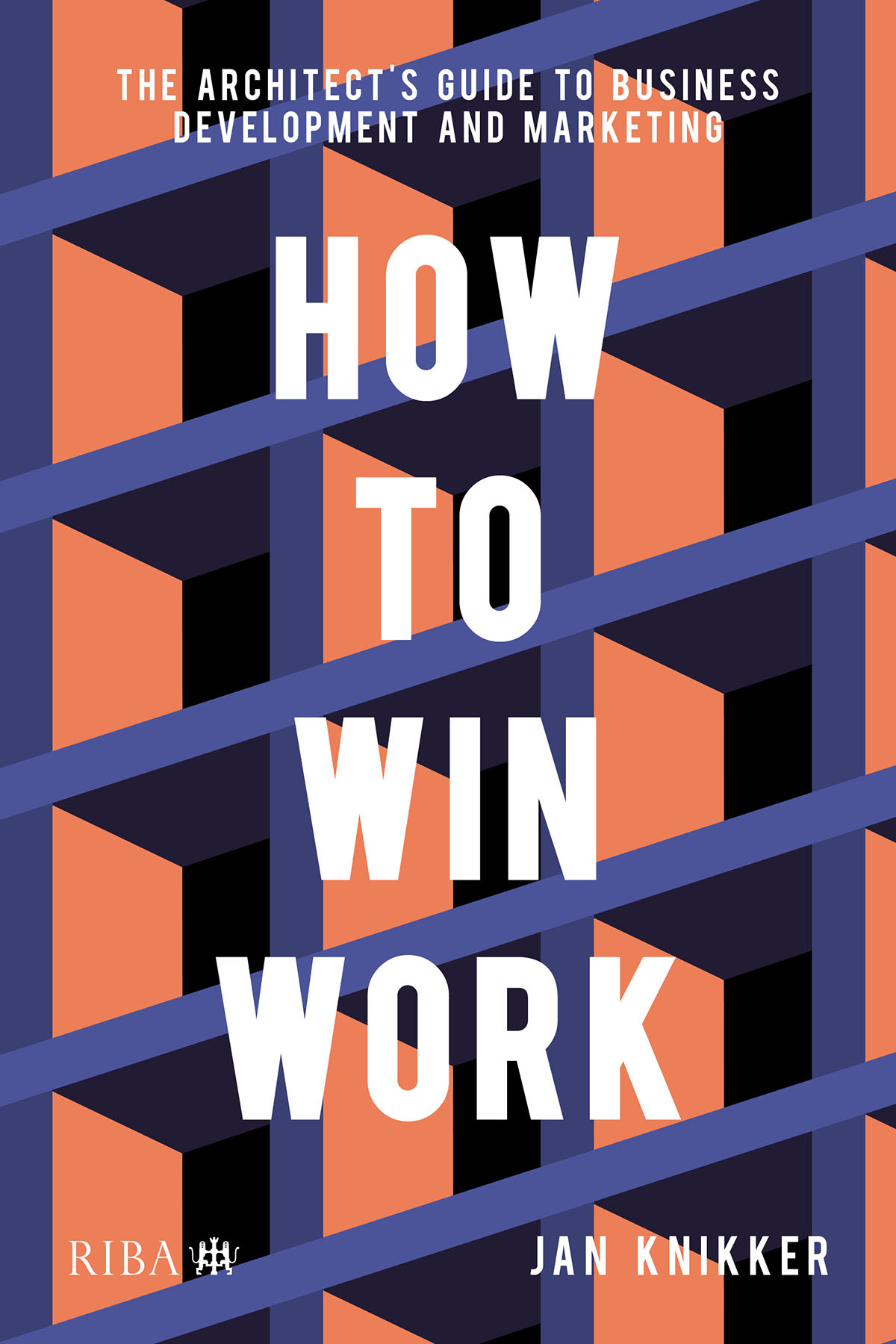
"I wanted to bridge the gap between the commercial actions PR and Business Development (BD) and the purity of the work" says Jan Knikker, Partner and Director of Strategy at MVRDV, world-renowned architecture studio based in Rotterdam.
"You are a great designer, but no-one knows. Now what?," asks MVRDV Partner Jan Knikker in a new book.
Jan Knikker has recently written a 216-page book that features vital insights, anecdotes, case studies and general information about all aspects of marketing. The book provides a list of practical tips for small practices who want to learn the dynamics of Public Relations and Business Development. It can simply be described as a business-focused guidance manual for young practices.
The book, titled How To Win Work: The architect's guide to business development and marketing, was published by RIBA Publishing earlier this year, and came out after a lecture when the RIBA’s Helen Castle invited Jan Knikker to share his business insights at the 2017 RIBA Smart Practice Conference in Bristol.
Undoubtedly, Public Relations, Marketing, Business Development are part of the architecture discipline in a world where endless types of communication tools and formats, forms of expressions and technological tools unsteadily surround the ways we produce architecture.
However, it is also a mystery why architects avoid expressions such as "marketing, PR, commercial" at some point in their promotion.
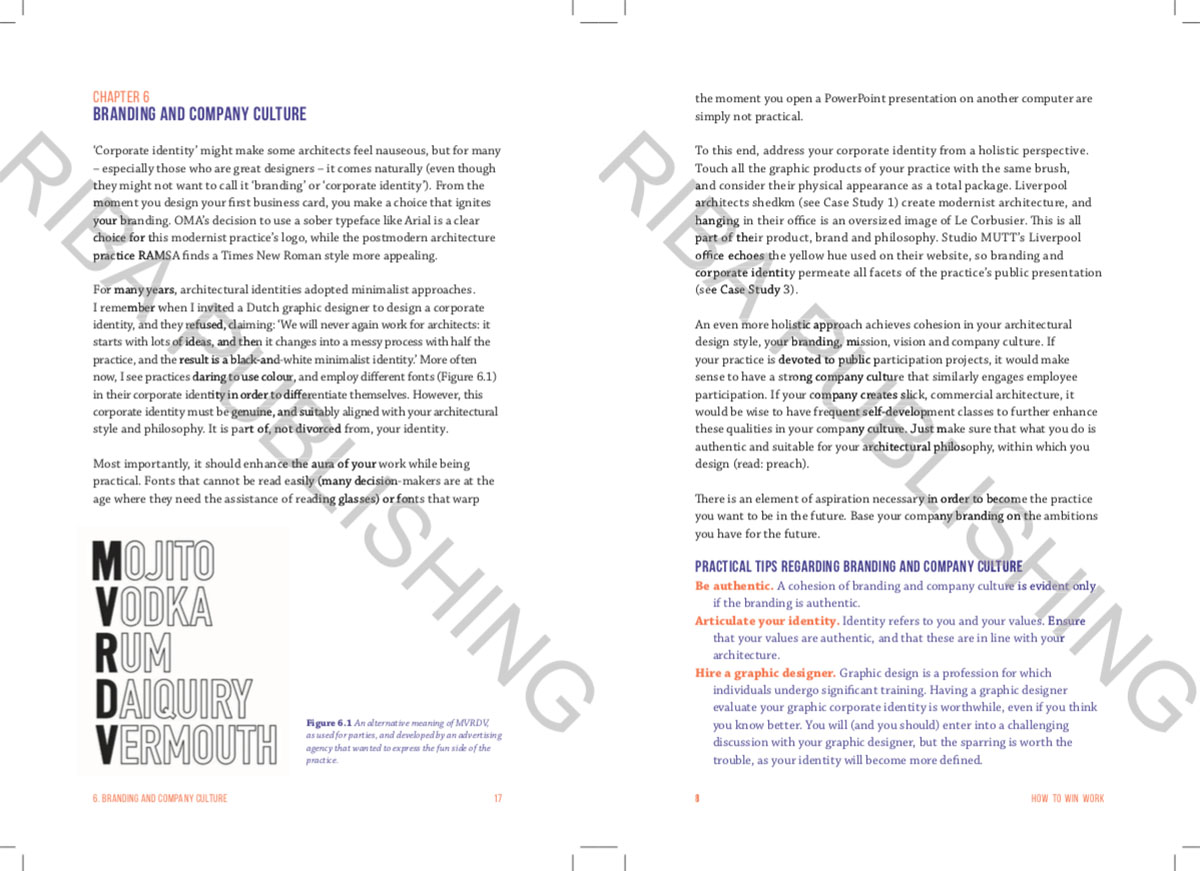
In this exclusive interview, WAC spoke to Jan Knikker to understand what such expressions mean to architects in the architecture profession and to discuss the relationship between architecture and media.
Jan Knikker, with more than 20 years of experience in architecture marketing, started his career as a journalist and after he worked at OMA for nearly a decade, he joined MVRDV in 2008.
At MVRDV, Knikker is currently leading the Contracts, Business Development and Public Relations efforts of the firm.
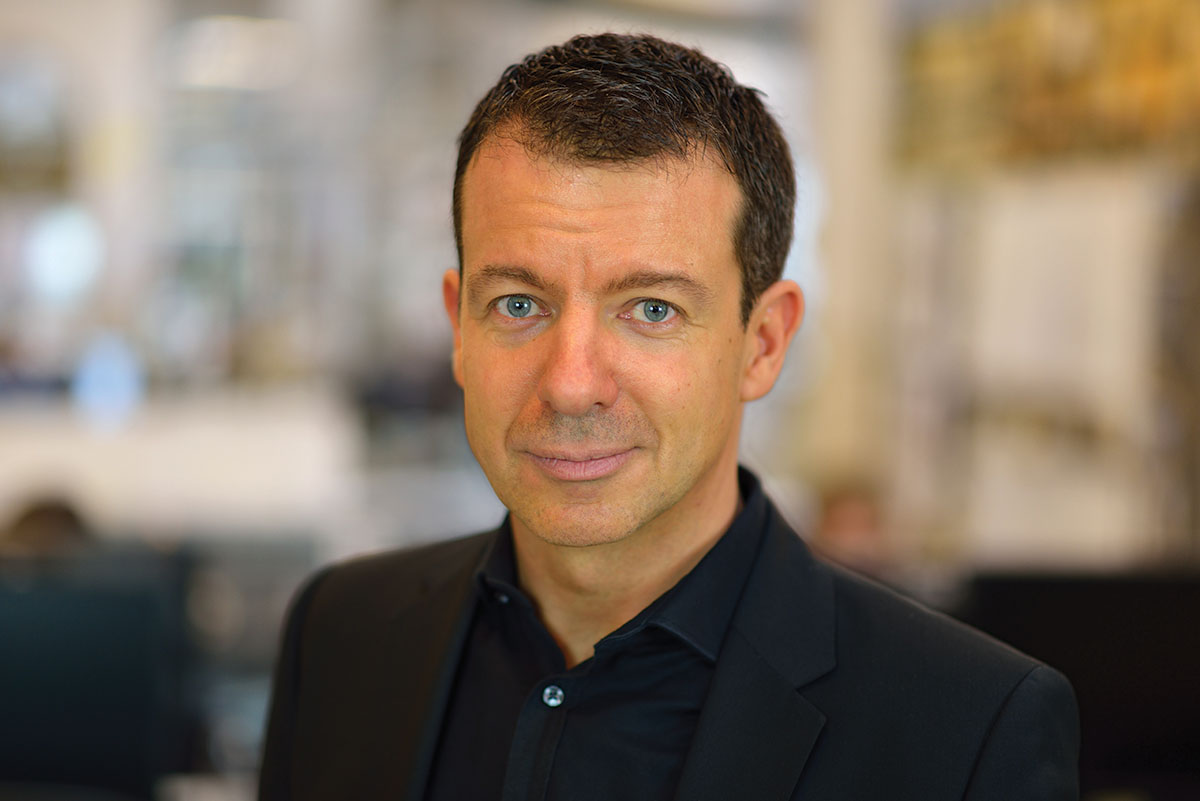
Jan Knikker, Partner at MVRDV. Image © Allard van der Hoek
The comprehensive book has specifically been written for many small practices. The book is comprised of three main chapters: Public Relations, Business Development and Case Studies.
Each chapter is expounded by several sub-titles starting from branding and company culture, how to write a marketing strategy, lectures, awards, how to write a project text and press release to business development tips on the direct way to win new work and client relationships.
According to Knikker, there is also a relationship between the term of "commercial" and "PR" although many of them hate the word of "commercial".
"My personal experience is that many architects see being ‘commercial’ as a negative thing because they are driven by passion and content. The fact that their practice is a capitalist entity that needs to make money is seen by many as a burden," Knikker said.
"I wanted to bridge the gap between the commercial actions (PR and BD) and the purity of the work."
"We should not let commercial practices play the field alone."
"The more engaged and visionary architects especially should also become more commercially successful," Knikker believes.
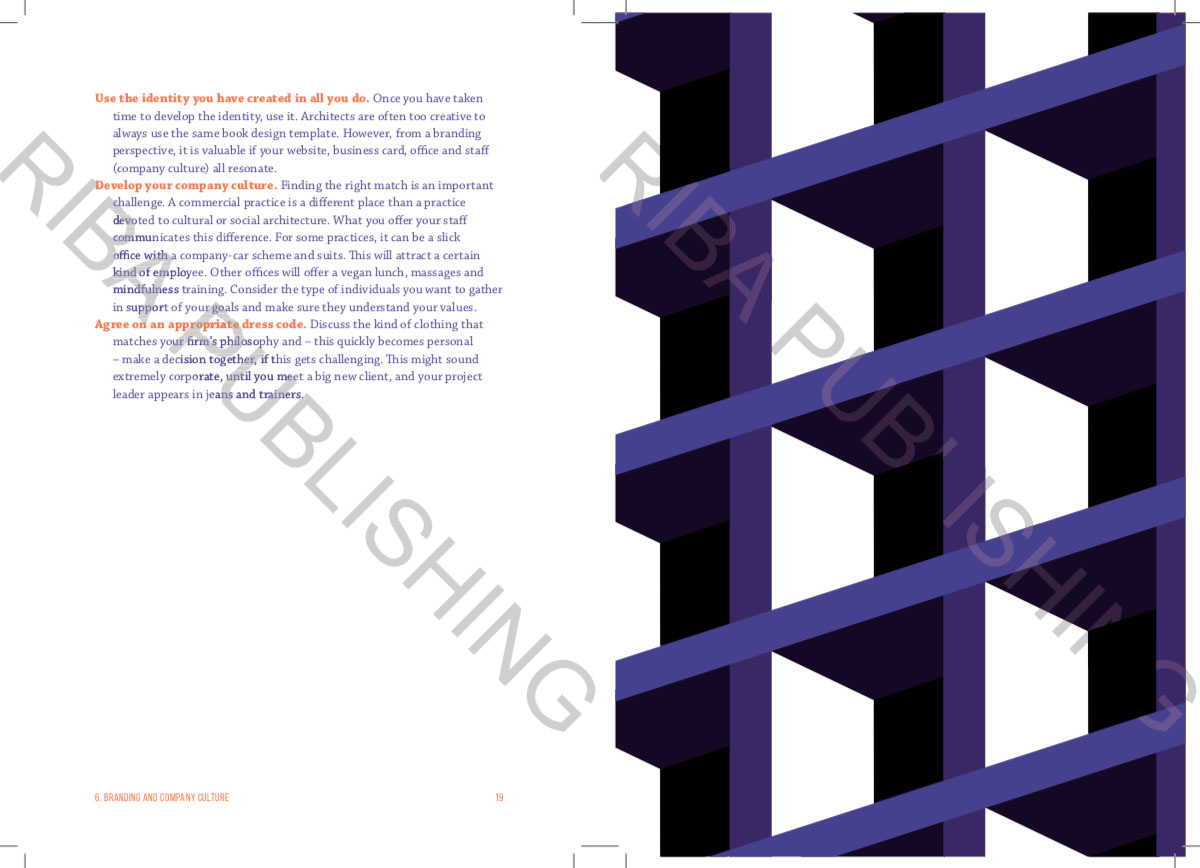
For this book, Knikker, who evaluates Public Relations and Business Development as two extremely related disciplines, has done an extensive research on some young practices to show how they develop their own PR and Business Development methods.
Presented under the Case Studies chapter in the book, British architects shedkm, Studio Mutt, MGMA Architects, Coffey Architects, and Feilden Fowles are featured with explanatory case studies.
"There is a lot of distrust towards marketing," added Knikker. "Certainly, for smaller practices they can vary and be incredibly personal and effective."
"At MVRDV we try to be understandable to everyone"
Regarding the efforts of offices to create their own identities, it actually emerges either as a part of branding or as the character of the office, according to Knikker.
Being understandable by everyone in communication is the most important part of MVRDV's communication strategy, as Knikker explains.
"The difference is indeed part of the branding – or just the character of the practice, because in most practices branding is not the leading motive informing the creation of this style," he said.
"At MVRDV we try to be understandable to everyone, and we avoid adjectives in our communication which are not factual," Knikker continued.
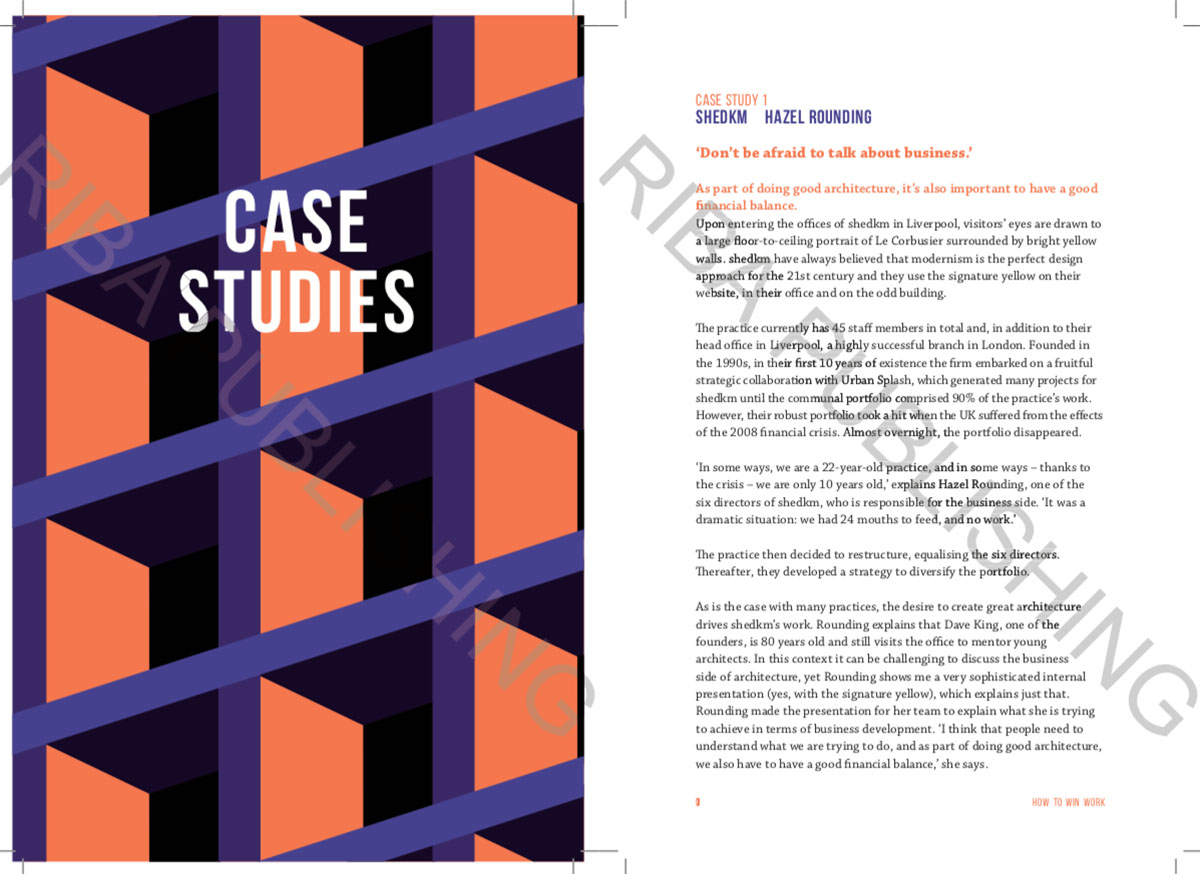
"The relationship between successful architects and the media is essential and symbiotic"
On the other hand, in PR strategy of MVRDV, Knikker is much more interested in what the reader or receiver is doing with that information and how he can take the reader's attention to their communication and make the story more relevant and fully understandable to the receiver.
"I think that generally speaking there is a lack of thinking about what the reader or receiver of the information is doing with it. Are they willing to invest 30 minutes into reading this long text and do they fully understand it?," Knikker said.
"Is a lecture as a sequence of projects with no ‘story’ really the best we can do? What is the potential client sitting in front of me interested in, and how can I therefore trigger their interest?."

According to Knikker, "the relationship between successful architects and the media is essential and symbiotic" and the role and power of the media in promoting good work in the discipline cannot be denied.
He added that "media recognition is of utmost importance for architects: when there’s a neutral third party telling you that a project is worth your attention, you might believe it more than the maker telling you how great the work is."
"And what good is it to be a great designer and innovator if no-one knows about it? Media has the role and power to push the good work in the discipline to the foreground and hence to develop the entire discipline."
Since 2008, Knikker leads MVRDV's branding and publication strategy and expands the firm's portfolio and presence into new markets. Knikker regularly lectures at many international commercial and academic institutions such as the Royal Institute of British Architects (RIBA) in the UK, Polis Convention, Stiftung Baukultur in Germany, Universidad Nacional, Utadeo in Colombia, UCSI University in Kuala Lumpur.
He has also contributed to various publications and exhibitions, including MVRDV Buildings with founding partners Jacob van Rijs and Nathalie de Vries. He has served as Deputy editor of Domus in 2019 with Winy Maas as guest editor.
Read the full transcript of WAC's interview with Jan Knikker below:
Berrin Chatzi Chousein: I remember that I think MVRDV is one of the big international offices initiated its marketing efforts in very early years of the practice (the other office was Norman Foster, he founded his first communication team in 1980s - only 16 years after it was founded, I remember). When exactly did MVRDV begin its marketing efforts? Did it first start with you after joining the office in 2008? What were your first goals for MVRDV’s PR?
Jan Knikker: MVRDV was always in a very comfortable position, designing remarkable buildings right from the beginning that led to many publications. So they started the PR team in 2003, 9 years after foundation, simply because the requests became too much to handle. In 2008 I joined and changed the policy so that we would also be published outside the architecture media, making MVRDV more well-known to a wider audience, and – prompted by the global financial crisis – I started the Business Development team to make acquisition proactive. In this way we achieved stability through the crisis without negative implications.
Berrin Chatzi Chousein: You have written a book “How To Win Work: The architect's guide to business development and marketing”, which reveals some hints and tips and the value of communication. I don’t want to do this conversation by evaluating PR as a separate business, because I think, it is part of the architecture profession already. But can you tell us why did you write this book? What was your purpose actually to emphasize?
Jan Knikker: As we became more visible in the media, the MVRDV founders Winy Maas, Jacob van Rijs, and Nathalie de Vries kept sending their friends to me for explanations on how to do PR and BD. To make my life easier I turned this into a written manual, later into a lecture, and then RIBA asked me to write this book. The desire to help other architects and to move the discipline as a whole forward was the initial motive.
My personal experience is that many architects see being ‘commercial’ as a negative thing because they are driven by passion and content. The fact that their practice is a capitalist entity that needs to make money is seen by many as a burden. I wanted to bridge the gap between the commercial actions (PR and BD) and the purity of the work.
If philanthropic foundations use modern marketing methods, why are they not also used by architects that see their raison d’etre in saving the planet or making artistic buildings? We should not let commercial practices play the field alone; the more engaged and visionary architects especially should also become more commercially successful.

Berrin Chatzi Chousein: There is also another expression in the book: “Business Development”. Could you please tell us what is the difference between Public Relations (PR) and Business Development (BD)? How do these two business fields collaborate with each other?
Jan Knikker: PR is working on the reputation of your practice, while Business Development is the action that leads to projects. If your clients read about you in a newspaper or see your work in an exhibition, that is PR. If the client then calls you or you call them and you present yourself and start fee and contract negotiations, this is BD. So one precedes the other, and together they are marketing.
Berrin Chatzi Chousein: You also mentioned that before and you said that “architects often feel embarrassed to advertise their talents”. We know that architects actually enjoy personal recognition.
Jan Knikker: For many architects, gaining recognition in an academic way is different to continuously spreading good news about their practice in all kinds of media outlets. Many architects I’ve spoken to feel that this is bragging. Also, consider that the book is written not for the large practices that perfectly master the game, but for the backbone of the architecture discipline, the many small practices in which the owners often earn less per capita than employees in larger practices.
Berrin Chatzi Chousein: But why do they hate these words when they are used with definitions such as "marketing, PR, commercial"? Or I want to ask in another way (because the term of marketing is generally understood or associated with “selling” - the idea that work/project will find a financial return in the end). Do you think that they only hate the word of marketing or do they hate “marketing” because marketing methods are always done in the same ways?
Jan Knikker: Even large commercial practices try to stay away from the word ‘Sales’. They do have sales departments but call them by a different name. My team, for example, is the Strategy and Development Studio and at Herzog & de Meuron I have heard that they call it 'The Kitchen' – I assume it’s indeed too direct to use the words 'Sales' or 'Marketing'.
I quite often hear architects say that something is a 'PR Story', indicating that it’s a lie. So there is a lot of distrust towards marketing. Yet it works for almost any other discipline – so why not for architects? I also have to disagree with you: marketing methods are not always done in the same way. Certainly, for smaller practices they can vary and be incredibly personal and effective. For the book I researched how some British practices do this. The Liverpool practices Studio Mutt and MGMA Architects share a floor in a building but they have each developed their own methods. Studio Mutt relies mostly on Social Media, whereas MGMA Architects have become patrons of the philharmonic in order to meet potential clients in person.
Berrin Chatzi Chousein: Is there a difference between introducing a work that can receive a critical acclaim in its entirety and a promotion that only highlights the brand of office?
Jan Knikker: Yes, there can be that difference, but in the end architecture is always about the work. This makes PR and BD for architects quite authentic. I mean, selling soap would make me greatly unhappy, whereas the combined creative output of an architecture practice is a wonderful thing to devote your life to.
Berrin Chatzi Chousein: Referring to my previous question, in fact, can we consider the overall work that is gathered under the word of marketing or PR and shared with architecture media or other people through continuous communication as part of continuous efforts to create the “identity” of an office?
Jan Knikker: Yes, branding is an essential element of this work. But if you compare this to a marketing powerhouse like NIKE, I don’t think most architects could get away with slogans that, for example, talk in a general way about creativity or innovation without proving it through their work. We are a reference-based discipline.
Berrin Chatzi Chousein: Press releases, project informations, or general data received from each office are not written in the same language or in the same detail. In fact, each office has a different style and communication format that reflects its own identity. Does MVRDV have an effort to establish its own identity in terms of this constant communication and the formats it produces?
Jan Knikker: The difference is indeed part of the branding – or just the character of the practice, because in most practices branding is not the leading motive informing the creation of this style.
At MVRDV we try to be understandable to everyone, and we avoid adjectives in our communication which are not factual. We hope that this makes the life of the journalist easier and it allows more people to understand our work. This democratic and practical approach we can also identify in our architecture. It would certainly not work for a highly theoretical practice or in presenting more abstract work.
Berrin Chatzi Chousein: You also mention about traps that should be avoided in PR or BD. Can you name a few? Can you describe the big mistakes that you usually see very often?
Jan Knikker: Yes, and let’s not forget that this is concerning smaller practices. What I would often do differently is to write shorter texts which are more understandable. To avoid images of the work which are too abstract and which could not be understood by people that have not studied architecture. I think that generally speaking there is a lack of thinking about what the reader or receiver of the information is doing with it. Are they willing to invest 30 minutes into reading this long text and do they fully understand it? Is a lecture as a sequence of projects with no ‘story’ really the best we can do? What is the potential client sitting in front of me interested in, and how can I therefore trigger their interest?.
Berrin Chatzi Chousein: With the Covid period, the digital presence has become more and more important since many physical events, meetings, openings, etc., couldn’t be realised. Visibility now seems to be searching for different channels and formats. Do you think this period will increase the importance of being more creative in new communication formats of architectural offices? Do you work on alternative strategies to enhance MVRDV’s public visibility or works in the Covid period?
Jan Knikker: Yes. Suddenly we were unable to travel and shake hands anymore, and real estate fairs were cancelled. That was a scary prospect for the future of the company, which for me is above all a collective of people I like, who all need to earn a living. So we made an emergency PR and BD plan and a lot was moved to the digital realm – with some success I might say. As a big practice we are in the luxurious position of having expensive monitoring software, which told us that the articles surrounding the completion of the Public Art Depot in Rotterdam were potentially seen by 1.25 billion readers. This usually equals an amount in Euro of new projects or a number of FTE.
Berrin Chatzi Chousein: When we look at the history, many outstanding architects, such as Le Corbusier, Mies van der Rohe, Adolf Loos, Frank Lloyd Wright, have deeply used architecture media and we could see a relation between their visibility in media and the commissions they received at those times.
Jan Knikker: Indeed, the big masters were early PR talents. Also worth mentioning is Marcel Breuer. Beatriz Colomina did a wonderful project researching the strategically maintained public image of Mies van der Rohe. That we all love the Barcelona chair is no coincidence, it has a lot to do with his immaculate PR work.

Berrin Chatzi Chousein: Now, how do you evaluate the relationship between media and architecture?
Jan Knikker: To me, the relationship between successful architects and the media is essential and symbiotic. Sadly, the advertisement money has moved online and not all the serious architecture publications have found a way to deal with the changes. This makes the function of the press, to follow the discipline critically, increasingly difficult. In the Netherlands, for each journalist there are 8 communication professionals inundating them with strategic communication, while the editing teams shrink due to declining budgets. This is a problem for society, not only in architecture but generally speaking as well.
Berrin Chatzi Chousein: How can you describe the equivalent of recognition from the perspective of media - when it is structured correctly?
Jan Knikker: I am not neutral here because I started my work life as a journalist. But to me, media recognition is of utmost importance for architects: when there’s a neutral third party telling you that a project is worth your attention, you might believe it more than the maker telling you how great the work is.
And what good is it to be a great designer and innovator if no-one knows about it? Media has the role and power to push the good work in the discipline to the foreground and hence to develop the entire discipline. Let’s not forget that the building industry is causing a third of global emissions. As much as architects and construction companies need to change this, the media has a crucial role in changing this too.
How To Win Work was made with the generous help and support of RIBA, MVRDV’s in-house editor Jessica Cullen, and Architecture Business Consultant Mariana Idiarte, who helped write the chapters on contracts and fee proposals.
The book is available from RIBA Books.
There will also be a series of workshops for RIBA Academy later this year. The first workshop was held on April 28, and you can see all dates on the RIBA Academy website.
All images © RIBA Publishing, courtesy of MVRDV unless otherwise stated.
